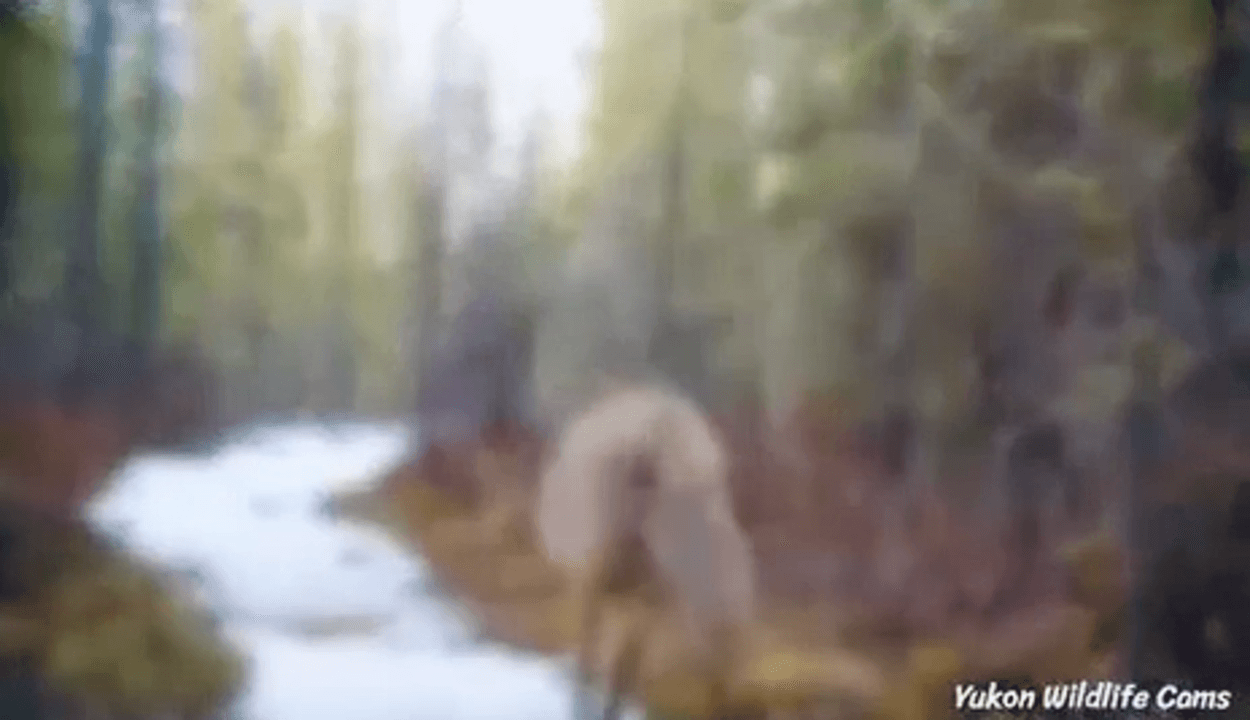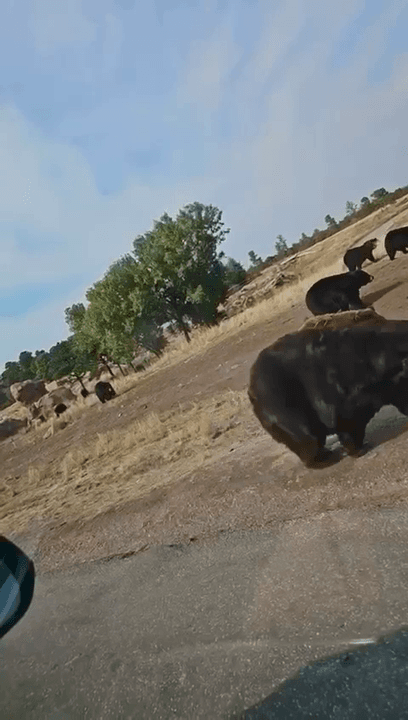
What Should Every Hunter Have? - A Real Hunter’s Guide to Essential Gear. As someone who’s spent countless dawns in the woods, boots soaked and breath fogging in the cold, I can tell you this: hunting isn’t just about the shot - it’s about preparation. Whether you’re stalking elk in the Rockies, waiting on whitetail in a tree stand, or calling ducks from a blind, the gear you carry can make or break your hunt. So, what should every hunter have? Let me walk you through the essentials - not just the obvious ones, but the real-world tools that seasoned hunters never leave behind. 🎯 1. Weapon of Choice (and the Right Ammo) Let’s start with the obvious. Whether it’s a rifle, shotgun, bow, or crossbow, your weapon must match your game and terrain. But don’t just bring your firearm-bring the right ammunition, and plenty of it. I’ve seen hunts ruined because someone packed the wrong grain or gauge. Pro tip: Always zero your scope before the season starts. A missed shot due to poor sighting is a rookie mistake. 🔪 2. Sharp Knife (and a Backup) A good hunting knife is your best friend in the field. From field dressing to cutting rope or even making kindling, a sharp blade is non-negotiable. I carry two: one fixed-blade for heavy work and a folding knife for finer tasks. Don’t forget: A knife sharpener. A dull blade in the field is worse than useless. 🧭 3. Navigation Tools: GPS, Compass, and Maps Even if you know the land like the back of your hand, never rely solely on memory. I carry a GPS unit with preloaded waypoints, a physical topographic map, and a compass. Electronics fail. Batteries die. Paper doesn’t. 🔦 4. Headlamp and Extra Batteries You’ll be surprised how often you end up hiking in or out in the dark. A headlamp keeps your hands free, and extra batteries are a must. I also carry a small backup flashlight - redundancy is survival. 🧤 5. Proper Clothing: Layered and Weather-Ready Forget fashion. Your clothing should be quiet, scent-controlled, and layered. I use a merino wool base layer, an insulated mid-layer, and a waterproof outer shell. Don’t skimp on socks and gloves-cold feet or numb fingers will end your hunt early. Camouflage should match your environment. Snow camo in the Rockies, woodland in the Midwest, marsh patterns for waterfowl. 🔭 6. Optics: Binoculars and Rangefinder A good pair of binoculars helps you spot game before it spots you. A rangefinder ensures you know the exact distance before you take the shot. Guessing leads to wounded animals and missed opportunities. 🪢 7. Rope or Paracord You’ll use it for everything: dragging game, hanging meat, securing gear, or even building a shelter in an emergency. I carry 50 feet of paracord in my pack at all times. 🧰 8. First Aid Kit Accidents happen. A compact first aid kit with bandages, antiseptic, painkillers, and a tourniquet can save your life - or someone else’s. I also include moleskin for blisters and antihistamines for unexpected allergic reactions. 🧻 9. Toilet Paper (Seriously) You’ll thank me later. It’s not just for nature’s call - it’s also great for marking blood trails or cleaning optics. Lightweight and multipurpose. 🥤 10. Water and High-Energy Snacks Dehydration sneaks up on you. I carry a hydration bladder and a metal water bottle I can boil water in if needed. For food, I pack jerky, trail mix, and energy bars - lightweight, high-calorie, and no prep required. 🐾 11. Game Calls and Scents Depending on your quarry, calls and scent attractants can be game-changers. I’ve called in bull elk with a diaphragm call and lured in bucks with estrus scent. Know your species and practice your calls before the season. 🪑 12. Seat or Ground Pad If you’re sitting for hours, comfort matters. A folding stool or foam pad keeps you dry and reduces fatigue. Trust me - your back will thank you. 🧾 13. Licenses, Tags, and ID Keep your hunting license, tags, and identification in a waterproof pouch. Getting stopped by a game warden without them is a fast way to end your hunt - and possibly pay a fine. 🧠 Final Thoughts: Pack Smart, Hunt Hard Every hunter’s pack is a reflection of their experience. Over time, you’ll learn what works for you. But these essentials? They’re non-negotiable. They’ve kept me safe, successful, and coming back season after season. Hunting isn’t just a sport - it’s a way of life. And like any lifestyle worth living, it demands respect, preparation, and the right gear. #FieldReady #DeerHunting #HunterChecklist #HuntingEquipment #HunterLife #Bowhunting #HuntingPreparation #HunterTools #GearUp #WildernessReady #HuntingSeason
Post: 29 June 18:19






